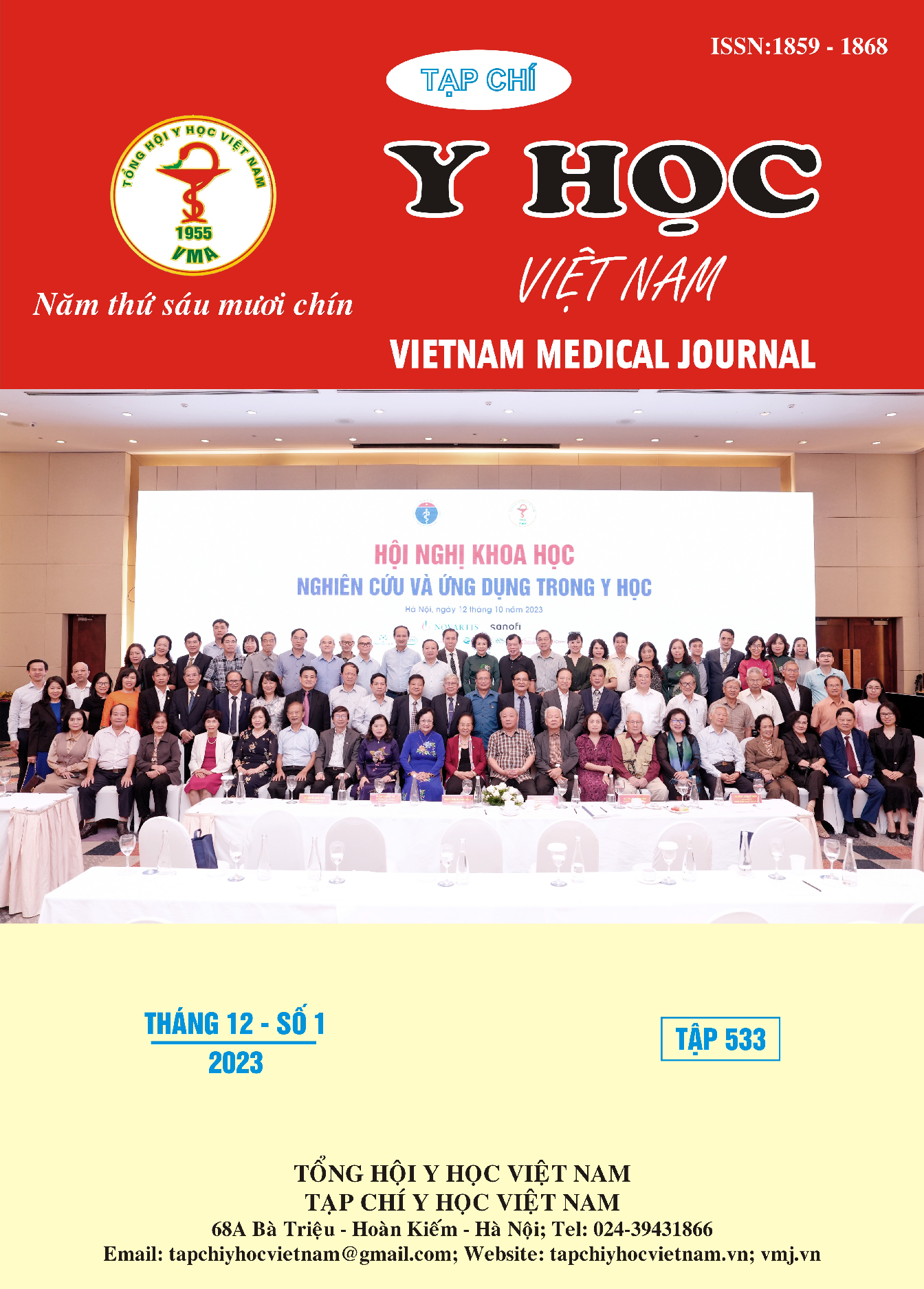THE CURRENT STATE OF PUBLICLY EXPRESSED SEXUAL ORIENTATIONS OF LESBIAN, GAY, BISEXUAL AND TRANSGENDER PEOPLE IN CAN THO CITY
Main Article Content
Abstract
Background: Although it has existed for a long time, understanding of the lesbian, gay, bisexual, and transgender (LGBT) community remains limited. Objectives: To investigate the current state of publicly expressed sexual orientation trends among LGBT individuals in Can Tho City. Materials and methods: A cross-sectional descriptive study was conducted on 150 LGBT individuals in the districts of Ninh Kieu, Binh Thuy, and Cai Rang in Can Tho City. Results: Among the participants, 63.3% had publicly expressed their sexual orientation. The level of openness varied across different aspects of their lives, including with family, friends, workplaces, and educational institutions. The highest level of openness was observed with one's partner. Among the 36.7% who had not disclosed their sexual orientation, 34 out of 55 participants (61.8%) were unsure about whether to reveal their orientation or not; 16 out of 55 (29.1%) intended to come out, and 5 out of 55 (9.1%) did not intend to. Conclusion: A significant proportion (36.7%) of the participants in the study had not yet come out or were uncertain about doing so. Providing psychological support and counseling for the LGBT community is crucial to help them feel more confident in their present and future lives
Article Details
Keywords
: Publicity of sexual orientation, LGBT, Can Tho
References
2. Viện Nghiên cứu Xã hội, Kinh tế và Môi trường (iSEE), Tổng luận nghiên cứu về người đồng tính, song tính và chuyển giới ở Việt Nam, 2013.
3. Gates G. How many people are lesbian, gay, bisexual, and transgender? 2011 [cited 2023; Available from: http:// williamsinstitute. law.ucla.edu/ wp-content/ uploads/Gates-How-Many-People-LGBT-Apr-2011.pdf.
4. American Psychological Association. (2012). Guidelines for psychological practice with lesbian, gay, and bisexual clients. American Psychologist, 67(1), 10–42. https://doi.org/10.1037/a0024659
5. Margaret Rosario, Eric W. Schrimshaw, and Joyce Hunter, Disclosure of Sexual Orientation and Subsequent Substance Use and Abuse Among Lesbian, Gay, and Bisexual Youths: Critical Role of Disclosure Reactions, Psychol Addict Behav. 2009 Mar; 23(1): 175–184. doi: 10.1037/a0014284.
6. Donatella Di Marco, Helge Hoel, Alicia Arenas & Lourdes Munduate (2022). Non-Heteronormative Sexual Orientations at Work: Disclosure Dynamics and the Negotiation of Boundaries between Lesbian and Gay Employees and Their Co-workers, Journal of Homosexuality, DOI: 10.1080/00918369.2022.2122365.
7. Eisenberg, Marla E., Gower, Amy L., Río-González, Ana María del, Nic Rider, G., Bowleg, Lisa, Russell, Stephen T. Interpersonal Protective Factors for LGBTQ+ Youth at Multiple Intersecting Social Identities and Positions, Annals of LGBTQ Public and Population Health, Jun 2023, DOI: 10.1891/LGBTQ-2022-0027.


